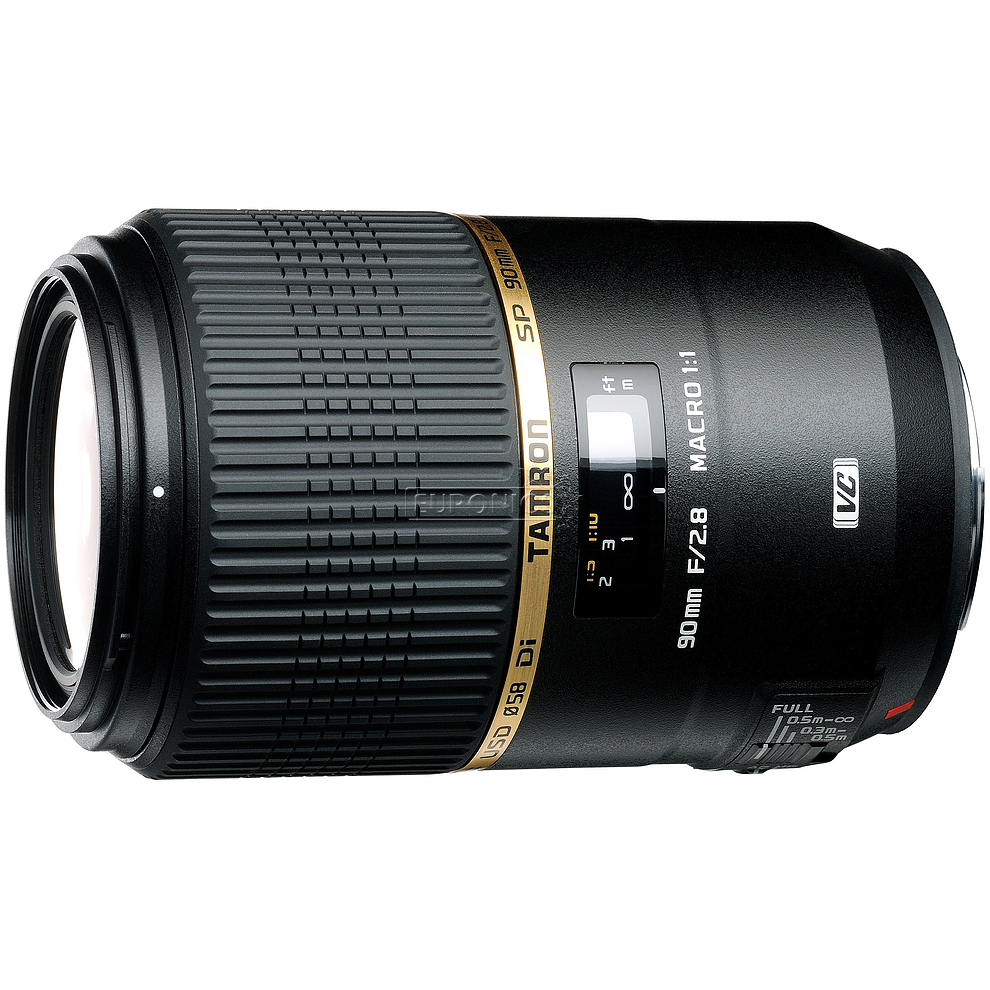

You can find the Sigma 105mm on Amazon US. There’s also a focus limiter switch with three settings, full, 0.5m to infinity and 29.5cm to 50cm. This can operate with clicks or it can be ‘declicked’ using the switch dedicated switch on the barrel. In addition to the wide manual focus ring, which has a lovely action, the Sigma 105mm f/2.8 DG DN Macro Art has an aperture ring with settings from f/2.8 to f/22 in 1/3EV steps. There are also elements with Sigma’s Super Multi-Layer coating to suppress ghosting and flare, while the front element has an oil and water repellant coating to make it easier to keep clean. Sigma redesigned the 105mm f/2.8 DG DN Macro Art from the ground up and it’s constructed from 17 elements in 12 groups with one SLD (special low dispersion) element. That distance translates to 14.1cm from the front element of the lens, which is a nice working distance enabling a good amount of natural light to reach the subject.


If you have a favourite macro lens that we haven’t included, let us know in the comments! To help you choose, we’ve broken our list down into the best options by brand. The best macro lenses you can buy todayīelow are our picks for the best macro lenses you can buy based on our experience with them. Because these are small subjects we don’t often get close to, macro lenses allow photographers to show viewers something familiar in a whole new light. The main benefit of macro lenses is that they can focus on small subjects at very close distances, enabling you to fill your frame with the subject. Macro lenses are also good for portraiture. Traditionally they are used to photograph insects and flowers, but they can also be used to capture different views of everyday subjects, such as the detail on a coin or textures within a fabric. Macro lenses are good for capturing very small subjects. That focal length is also long enough to allow you to isolate your subject and set your background out of focus.įor more on what to look for when choosing the best macro lens, check out our guide explaining how macro lenses work and what features to look for. What’s more, a macro lens in that 90-105mm range gives you versatility to shoot head and shoulder portraits. Macro lenses at longer focal lengths, such as 200mm or 300mm, will allow you to stand even further back, but shooting handheld is much more difficult with these lenses. A lens at this focal length allows you to get close enough to your subject to fill your frame, but not so close that you’ll scare it off or cast a shadow with your body. Typically the best focal length for macro photography is in the 90-105mm range. This allows you to expose all sorts of fine details. This means reproducing, say, an insect in 1.4x times larger than life size. The Canon RF 100mm F2.8L MACRO IS USM, for instance, offers a 1.4x magnification ratio. What’s more, some of the options on our list of best macro lenses go beyond life size magnification. This might not sound like much when you read it here, but when you think about what that means when viewing your subject on a print or blown up on a computer screen, there’s huge potential to capture incredible detail. What does the latter mean? A 1.0x – or 1:1 as it is often written – magnification ratio means that when you are framing a subject at the closest possible focusing distance of your macro lens, it will reproduce your subject at life size onto your camera’s sensor. The best macro lenses offer you a fast aperture, close focusing distance and that all-important 1.0x magnification ratio.


 0 kommentar(er)
0 kommentar(er)
